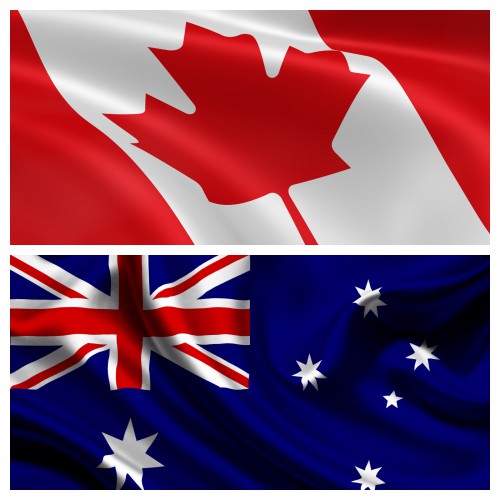What Canada can learn from Australia’s HIV response

While at AIDS 2014, CATIE’s Ed Jackson and I met with a number of Australian agencies to pursue a plan to share best practices around gay men’s sexual health programming. I was already familiar with some of Australia’s powerful awareness, prevention and testing campaigns, but a closer look at the Aussie HIV response has been eye-opening and provides many useful learnings for Canada.
Canada and Australia have many similarities, including the structure of our health system, whereby health care delivery takes place at the state or provincial level.
Australia has done better than Canada in terms of the number of people living with HIV, the number of new HIV infections, and the number of people who are aware they are living with HIV. In Canada there are 208 people living with HIV for every 100,000 people, compared to only 115 in Australia. In terms of new infections, there are 7.6 new infections for every 100,000 Canadians, compared to only 4.6 in Australia.
Australia has also done better than us in terms of testing; only 15% of Australians who are living with HIV are unaware of their status, while in Canada the proportion is 25%. Knowledge of HIV status is essential to an effective response, as people who are aware of their HIV-positive status can access care and support services and initiate treatment when they are ready. This not only improves the health and well-being of people living with HIV, but as we now know, positively influences HIV prevention efforts.
Australia funds: a national Injecting and Illicit Drug Users League; a national sex workers’ association; and a National Association of People with HIV (composed of regional PHA organizations). Even better – they seem to understand that to sustain the successes among these populations, they need to sustain the funding for these peer-led national and regional organizations. Canada has no comparator; Canada’s peer-led programs are small, poorly-funded and locally-based.
Like Canada, Australia’s epidemic largely impacts gay men. Like Canada, Australia’s Aboriginal Peoples continue to suffer the ill effects of brutal colonization and the residential schools system, and similar to Canada, some Australians inject drugs. But unlike Canada, their early and consistent harm reduction efforts have successfully kept the HIV prevalence rate much lower than we are seeing nationally for both Aboriginal peoples and people who inject drugs.
Australia’s early response was much swifter and more practical than Canada’s. Their first National Health Strategy on AIDS was released in 1985. Canada’s was in 1998 – 13 years later. Their recently-released Seventh National HIV Strategy contains targets working “toward the virtual elimination of HIV by 2020”! Canada’s second strategy, the Federal Initiative to Address HIV/AIDS in Canada, was released over 10 years ago by the previous government, and its vague, motherhood areas of action refer to activities to be introduced between 2004-2005 and 2008-2009. No targets. No efforts underway to update it. Pretty mushy accountability.
Laurie Edmiston is Executive Director of CATIE, Canada’s source for HIV and hepatitis C information.
